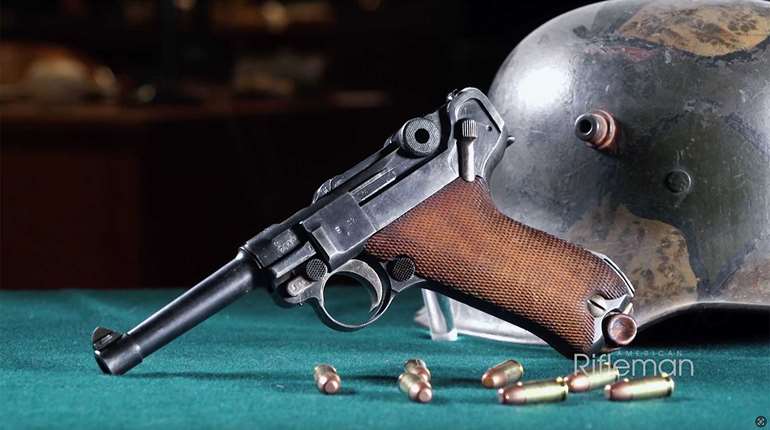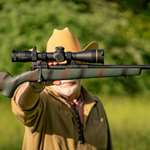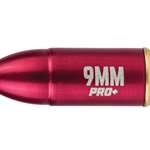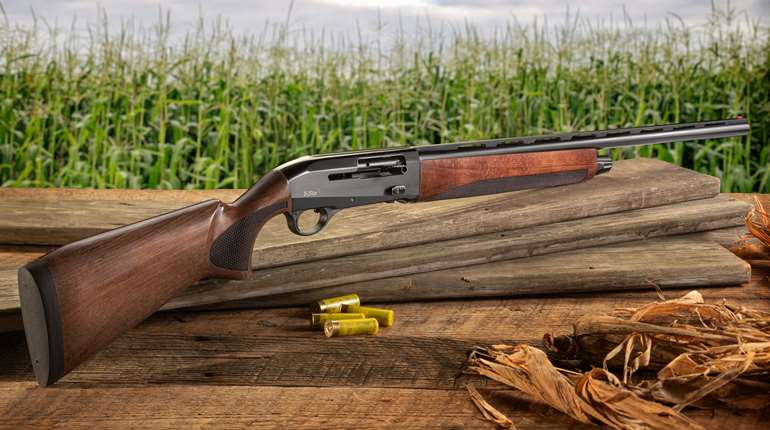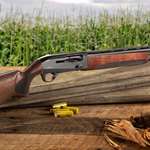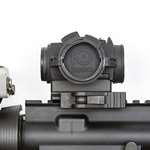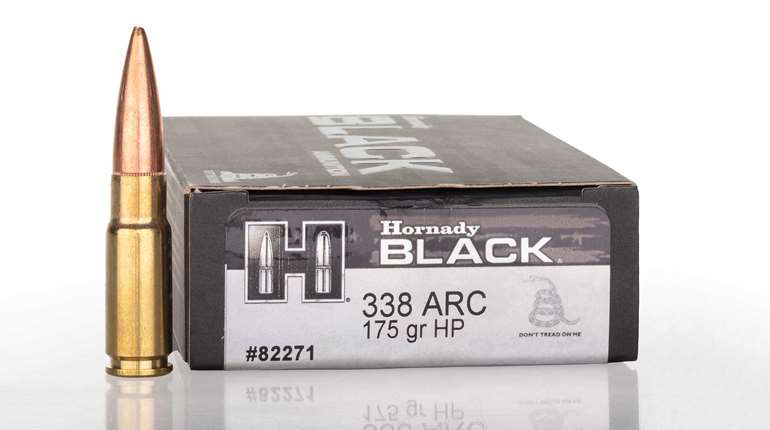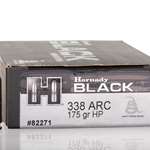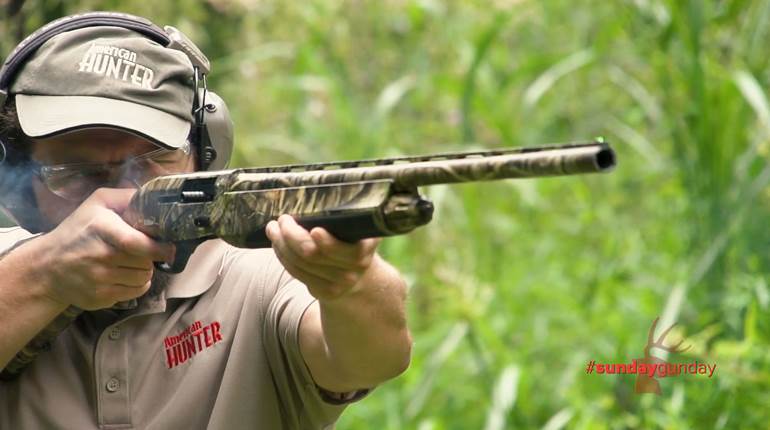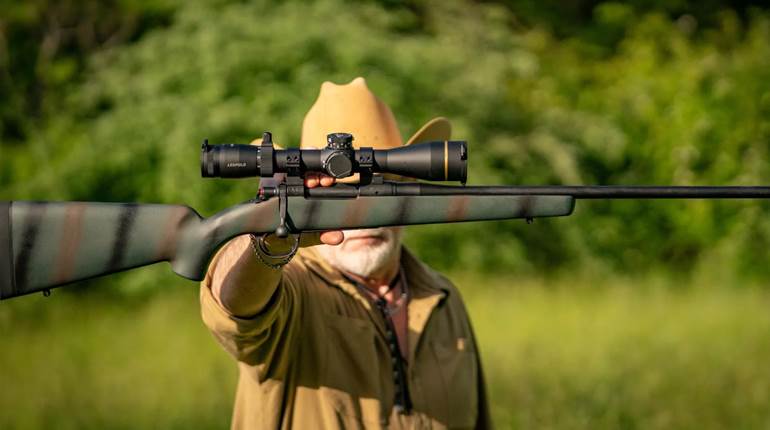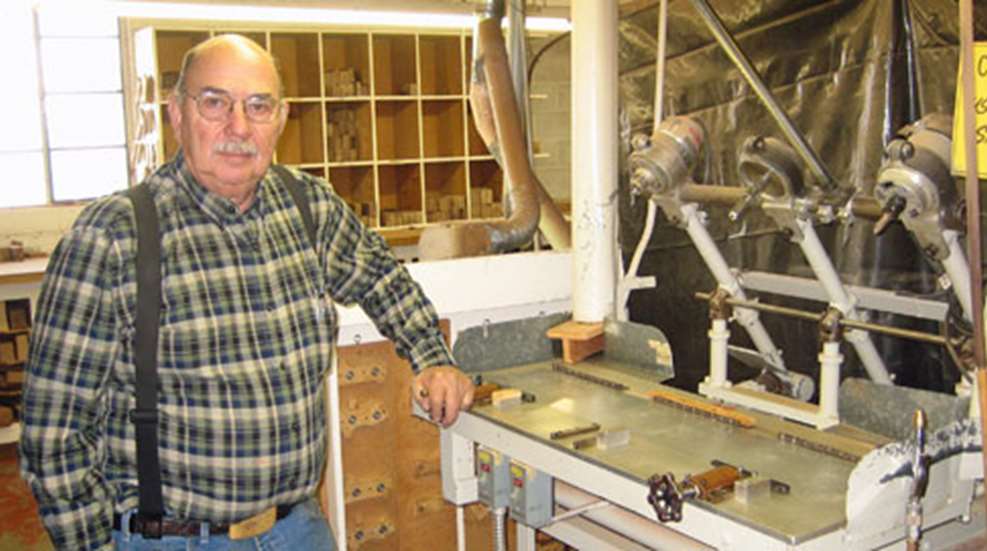
Rod Herrett is a mechanical savant. He has a deep and innate understanding of mechanical processes and can implement them into the production of handgun stocks. Stocks? Don’t most people refer to them as grips? We had to get this out of the way.
“Back in the early ’60s,” Rod told me as we walked through his Twin Falls, Idaho, plant recently, “my dad had a contract with the government for walnut panels on .45 Autos (1911). The government specs called them stocks, and he said that if the government calls them stocks, that’s what they are.” He added, “Handles are for shovels, grips are carry-on luggage and stocks belong on guns.”
Rod’s dad, Steve, was a shipfitter in Panama during the 1940s. For those whose knowledge of the trades may be scant, a shipfitter is someone who can fabricate or repair just about anything found on a modern boat—everything from parts of the hull to critical engine parts to a marine-quality dining table. Steve’s interest in handguns and hunting prompted him to start making custom stocks for his revolvers. In 1955, he moved to Twin Falls and founded Herrett’s Stocks. Rod grew up in the sawdust-drenched environment of the stock-making business.
Herrett’s became famous for a variety of aftermarket handgun stocks. Competitive shooters flocked to Herrett’s for the company’s “Made to Measure” stocks that provided a custom full-contact interface between shooter and pistol. That kind of custom fit affords more precise control of the handgun in terms of consistency and recoil recovery. I, for example, have a thick, meaty paw with short, fat fingers. The beautiful factory target stocks from Smith & Wesson on my treasured N-frame revolvers are so thick that I must twist the revolver in my hand and suck up the recoil with my thumb in order to have the correct amount of purchase on the trigger with my index finger. The result is my thumb joint gets hammered every time I fire the gun. When the cartridge is .44 or .45 caliber, it can be distracting at best, and even debilitating to get off subsequent shots; hence the need for an aftermarket solution.
However, as interesting and pleasing as custom stocking is, it will not entirely support the business of running a shop with several employees. Herrett’s contracts with a number of aftermarket handgun “grip” companies—many of which you may know—to produce their products. Also, many smaller gunmakers contract with Herrett’s to produce their company’s stocks, which includes laser engraving of the company logo. It is in this environment that Rod shines.
When I arrived for my tour of the facility, Rod had me join him at a CNC machine where he had just modified the program to add a step in the manufacture of 1911 stocks made from acrylic for one of those contract companies. CNC machines are typically used to machine metal—usually under a shower of water-soluble oil coolant—but Rod adapted it to wood and synthetics by installing high-speed router motors and not using coolant.
Later we looked over several machines he and his dad designed and built from scratch. Some were nearly 50 years old and still in service. As one who has some mechanical ability but lacks anything beyond the most simple design capabilities, I was greatly impressed at the innovation and execution of these machines.
Then we visited the finishing and custom stock room where Dee Eiselein holds court. For the last 36 years every set of custom handgun stocks has been shaped in her hands. She is a master stockmaker—part custom prosthetic designer, combined with the highest level of woodworking skills—and is teaching her craft to her daughter. She showed me a set of stocks she made for a customer who is missing the index finger of the shooting hand. The stocks are shortened and modified to allow the middle finger to serve as a trigger finger. I tried it and found it remarkably adaptive, without a strange feeling. Then I offered up my hand for fitting.
A hallmark of Herrett’s custom stocks is a hand tracing to determine critical dimensions. Normally you would follow the directions for a tracing found on the website, but I had the advantage of having the master fit me. She traced the outline of my hand on a piece of paper with the last three fingers separated from my index finger and the thumb comfortable to the side. I then went to the stock room and chose two blanks of exhibition-grade walnut with a beautiful flame grain. One would become a Detective Gun Stock for my Smith & Wesson Model 24 .44 Spl. with a 3-inch barrel, a gun that is with me nearly every day. The Detective pattern provides a substantial grip with a minimalist profile to better facilitate concealed carry.
For the other, we tried to find a way for me to fit into the Jordan Trooper pattern because it transfers recoil to the center of the palm better than most other styles, but, alas, my fingers are just too short. That pattern, by the way, was designed by Bill Jordan—the Border Patrolman and exhibition shooter, rather than the camo pattern designer. I met Jordan years ago, and when we shook hands his totally engulfed mine much as a child’s hand gets lost in an adult’s hand, so it’s no mystery as to why he designed these stocks. We settled for the Roper style that carries on much of the style of the S&W target stock but in a thinner and less bulky execution. This set of stocks will cloak one of my other Model 24 Smiths, a 4-inch version. An aside for S&W aficionados: Herrett’s testing gun for N-frame Smiths is a 6 1/2-inch barreled, five-screw Model 1950 Target in .44 Spl. Devoid of blue and incapable of being fired, it is the test gun for every set of custom N-frame stocks.
Several weeks later my stocks arrived, and, of course, I could not wait to get them on their new homes. Ms. Eiselein once again performed her magic. Both stocks fit perfectly, and the flame-grain pattern dresses up each revolver beautifully. Before I wrote this, I ran a few rounds through each revolver. The load I use is 8.0 grains of Alliant Unique behind a 245-grain Lyman 429421 semi-wadcutter. It’s a warm load but safe in modern revolvers. I would not shoot it in a vintage Triple Lock. In the relatively light Model 24 one needs to pay attention in order to recover fast enough for a follow-up shot. The new stocks filled my hand very well, dispersing recoil throughout the palm, yet my trigger finger still had plenty of purchase allowing good trigger control.
Each set of stocks set me back a couple of bucks shy of a C-note, plus $50 for the exhibition grade walnut. Some will recoil at the cost, but for a custom, hand-made pair of stocks it’s really a bargain. I’ve tried other aftermarket stocks on my Smiths. Some were functional but plain; most of the others are too bulky. With these from Herrett’s I have the best of both worlds—a good fit and beauty.
















